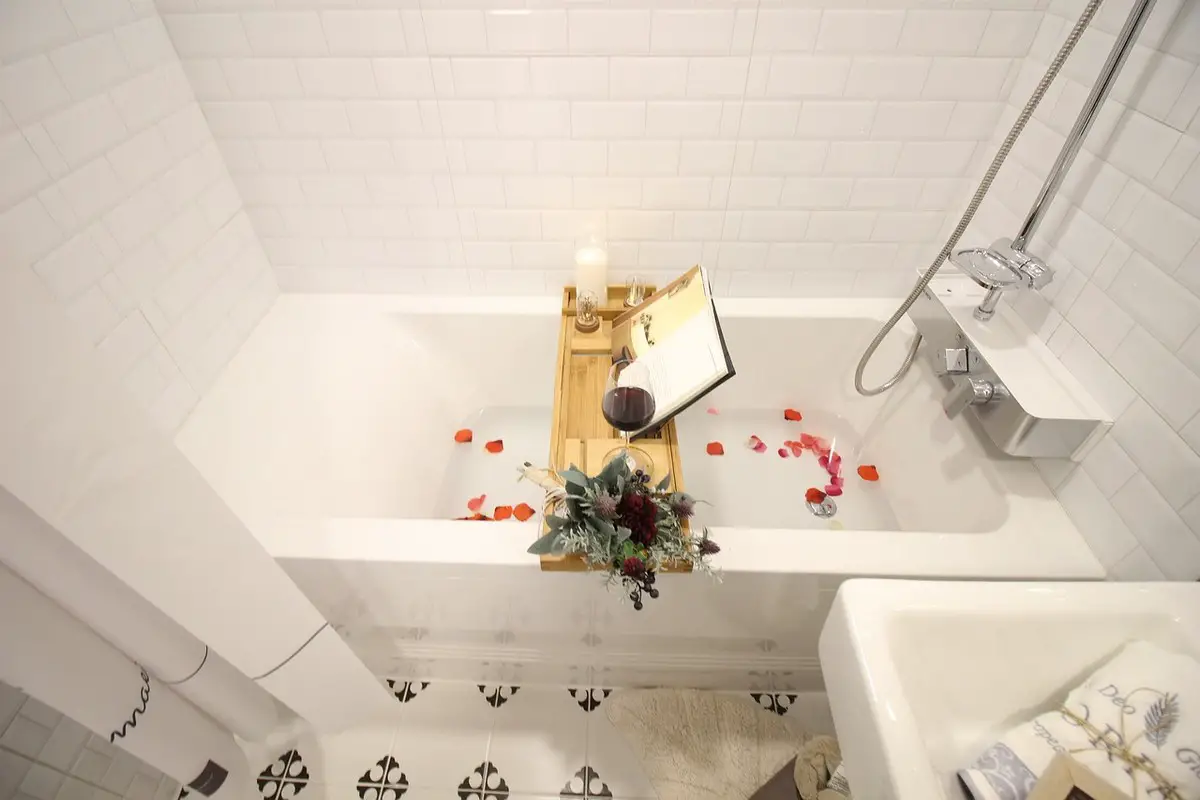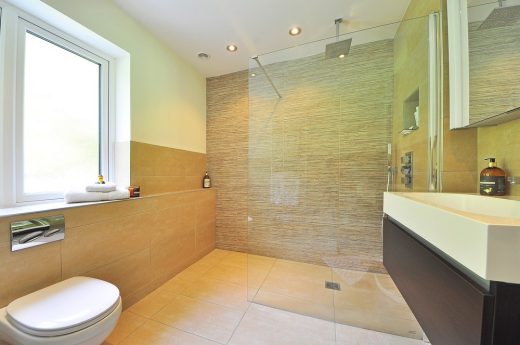Grout in architectural tile design tips, Home bathroom grouting, House wet room design advice
Grout in Architectural Tile Design
14 November 2023
The Unsung Hero: The Role of Grout in Architectural Tile Design
Grout, which is sometimes ignored in architectural tiling jobs, helps to achieve a strong structural basis and a lovely appearance. This article will discuss everything that you need to know about grouting while expounding on its advantages and how it is useful in your architectural design projects. Upon completion of this read, you will appreciate what exactly makes grout the silent workhorse of any good architectural tile. Learn more about Perflex Grout for your architectural tiling projects.
So Why Grout? What Is It Anyway?
Grout is a cementitious material used to fill out the spaces between individual tiles. So, what purpose does grout serve, and for whom? Grout is an important component for architects, interior designers, contractors, and do-it-yourself (DIY) homeowners when it comes to tiling projects.
Where is grout useful, and when should you incorporate it? It is critical in tiling kitchens, bathrooms, living areas, and commercial spaces. Design experts highly recommend the incorporation of grout during the planning and design phase of your project. Here’s why you can not underestimate this simple fabrication:
- Structural Stability: Grout holds the tiles firmly together, making it impossible for one tile to move or break away from the rest due to pressure.
- Waterproofing: Grout is an obstacle to water seepage, protecting the subsurface from water destruction.
- Aesthetic Enhancement: You need to pay special attention to the color and type of grout since they may radically affect the whole appearance of your tile pattern.
Elevating Above Competitors: Grout’s Hidden Potential
When it comes to architecture and art, the devil lies within the details. Grout may not always get due recognition, but it can distinguish your project from others. It can be a turnaround for you if you only harness this potential.
The Structural Significance of Grout
Grout is an adhesive that bonds and ties your tile components as one. Let’s address some of the most critical functions of grout:
- Providing structural uniformity in your tiling installation: The grout holds all the tiles into position while acting as a load dispenser to prevent cracks and breakage. It plays the same role as the cement or mortar that keeps bricks together into a strong wall. Otherwise, the entire construction can become weak and may collapse altogether.
- Preventing tile movement: Grout is important because it helps keep the tiles together by preventing moving or shifting over time. The compactness it creates, in turn, prevents surface irregularities and structural problems.
- Supporting heavy loads: Grout spreads the weight of the tiles equally, making them withstand the pressure without getting broken or cracked.
- Providing longevity: Better grouting of the tiles will translate to more durable tiles than those that are loosely grouted, thereby reducing the need for replacement during their lifetime.
The Aesthetics of Grout: More Than Just Filler
Grouting is undoubtedly not only a practical necessity in tiling but an inherent part of any flooring style.
Aesthetic Benefits of Grout
The aesthetic benefits of grout include:
- Endless Design Possibilities: Grout varieties are available in different colors or shade levels. The colors you choose will either harmonize or disassociate with the neighboring floor tiles, depending on which one you select.
- Visual Cohesion: The best grout color will blend every tile in one section without distracting visual appearance.
- Highlighting tile patterns: You can select a grout color that complements different design elements. It allows tiles to stand out against the background and create a textural atmosphere.
How to Eliminate Common Tile Problems with Grout
The use of grout in architectural tiles is quite essential because it solves issues that usually surface afterward. These include:
- Cracked Tiles: Using tile grout properly reduces the potential for cracks due to motion or pressure exerted by other objects onto the tiles.
- Mold and Mildew: In damper places, you may mix grout with antimicrobial additives that prevent the development of mold and mildew.
- Uneven Surfaces: With grout, we can create a level and an even surface. Even surfaces reduce tripping and other motion accidents due to smooth uniformity.
Grout vs. Alternatives: Why Grout Wins
Grout is constantly competing with other products like epoxy and adhesive. However, grout maintains dominance in many respects. Here’s how:
- Cost-Effective: Grout is relatively cheaper when compared to other choices like epoxy, making it ideal in major undertakings.
- Durability: Grout is one of the most traditional materials that withstand the test of time. It lasts longer than other adhesives.
- Ease of Maintenance: Cleaning and maintaining grouted tile is easy, ensuring that your tile remains fresh for many years with minimal upkeep.
Imagining a World Without Grout
A world without grout would mean hours of constant scraping off stains and mold. Life is easier with grout.
Selecting the Best Grout for Your Project
The correct grout type determines the success of the architectural tile installation. How do you choose the best option? Here are a few pointers:
- Think about the color of your tiles and go for a grout color, either complementary or contrastive to the desired effect.
- Choose between different types of grout to fit the requirements of your house design project, such as sanded or unsanded grout, epoxy grout, etc.
- Consider using antimicrobial additives or sealers for better grout performance and durability.
Maintaining the Beauty of Grout
It is important to conduct regular maintenance as it prolongs the life of the architectural tile design for your grout. Listed below are some maintenance tips:
- Sealing: Apply grout sealer to prevent stain damage and extend the life of grout.
- Cleaning: Use mild cleaners and non-abrasive tools for safe cleaning of dirt and grime to preserve grout strength. Cleaning prevents damage caused by moisture during the rainy period.
- Repairs: In case the grout gets damaged, and there are some stains, repair it and clean the tiles.
Grout in architectural tile design tiles Final Thoughts
Grout is much more than just a filler in tile installations. It is the unspoken ingredient that goes into creating strength and beauty. You ought to know what benefits accrue from grouting to make the right choice for your tile project.
This way, you build long-lasting environments that are pleasing to the eye. Thus, when starting your next architectural tiling venture, please note the significance of grout. Always bear in mind that it’s the little things that count.
Comments on this guide to Grout in architectural tile designarticle are welcome.
Home Showers
Home Showers Posts
The Best Showers and Where to Buy Them

How to seal a shower enclosure
Why Does the Shower Curtain Move Toward the Water?
Tiles and Tiling Design
Tiles Posts
Marble and travertine tiles, mosaics, molding
Tiles bathroom and building materials
Buildings
Residential Architecture
Comments / photos for the Grout in architectural tile design page welcome






